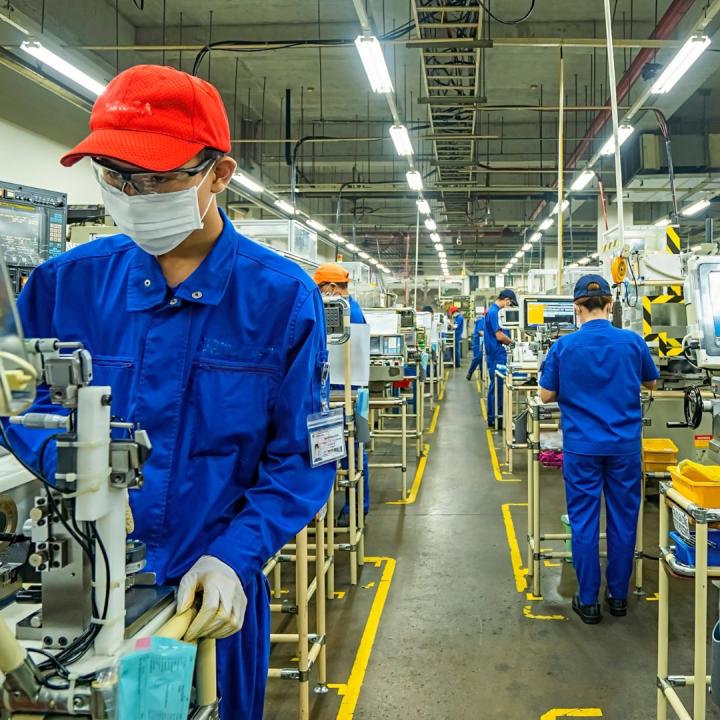Since the first US-China trade war, ASEAN has emerged as the main destination for firms diversifying their supply chains away from China. Now, hefty reciprocal tariffs on ASEAN economies—delayed for just 90 days—are putting this success at risk. Ongoing negotiations will seek to reduce ASEAN’s ballooning trade surplus with the US and limit the role of Chinese value add and firms in ASEAN exports to the US. This note draws from our China Cross-Border Monitor database to unpack Chinese investors’ role in the region’s manufacturing sector over the past decade and likely place going forward. We find that:
- ASEAN has become the top destination for Chinese manufacturing FDI by number of announced transactions, mainly driven by geopolitical risks and regulatory and tariff barriers. While the US and EU also increased their investment, the sharp spike in Chinese FDI has made China one of the top foreign investors in the region.
- Much of US import diversification through ASEAN export hubs has been supported by Chinese firms. Chinese and foreign MNCs often relocate to ASEAN in tandem. Any disruption to Chinese-owned supply chains will impact foreign-owned activities.
- There is no clear China+1 destination. Much of the region is attracting Chinese FDI, leading to distributed supply chains across sectors and countries.
- Chinese firms have proved extremely nimble in calibrating their ASEAN footprint as regulatory or geopolitical developments demanded it. This creates conditions for a whack-a-mole process that could lead to more drastic reactions, especially from the US.
- US tariffs of more than 30% would deal a major blow to ASEAN’s diversification boom and China’s FDI in the region. ASEAN negotiators could soften the blow by advocating for a high tariff differential between ASEAN and China and continued access to Chinese inputs for a few more years.
